1. Video Rental Stores
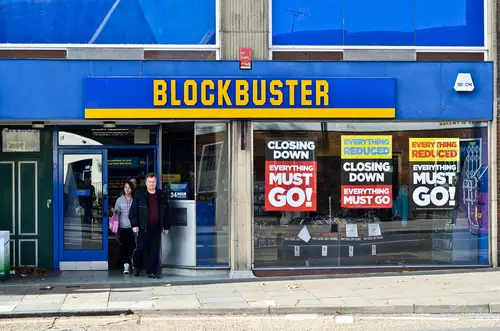
Once a staple of Friday nights across America, video rental stores like Blockbuster and Hollywood Video vanished almost overnight. The rise of Netflix’s mail-order DVDs—and later, streaming—made late fees and rewinding tapes obsolete. At their peak in the early 2000s, there were more than 9,000 Blockbuster stores nationwide. Today, only one lonely Blockbuster in Bend, Oregon remains as a nostalgic relic.
What killed the industry wasn’t just streaming—it was convenience. People no longer wanted to drive to a store for something they could get instantly from their couch. The fall was fast, and even family-owned rental shops couldn’t pivot quickly enough. The digital age didn’t just change movie-watching; it erased the need for the entire ritual.
2. Shopping Mall Arcades
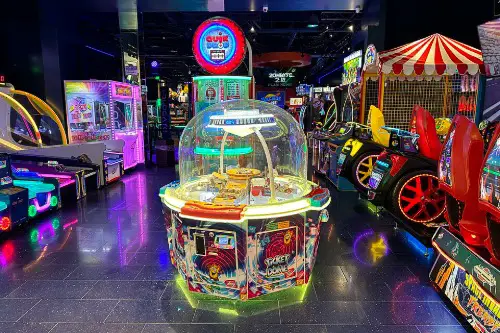
If you grew up in the ’80s or ’90s, the local arcade was probably your hangout spot. Flashing lights, quarters clinking, and Street Fighter battles filled the air. But as home gaming consoles became more powerful and affordable, the novelty of the arcade wore off. By the mid-2000s, most malls had shuttered their arcades entirely.
The social scene shifted online, too—multiplayer gaming replaced in-person competition. Without crowds of teens feeding machines, the economics just didn’t work. A few high-end retro arcades have survived as niche attractions, but the heyday is long gone. The rise of Xbox Live and PlayStation Network sealed the deal.
3. Payphones
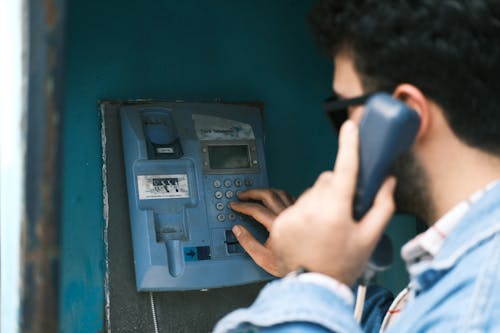
Remember when you had to memorize phone numbers? Payphones were once everywhere—on street corners, in airports, outside gas stations. By 2000, there were over 2 million of them in the U.S. Today, only a handful still exist, mostly for nostalgia or emergencies.
Cell phones simply wiped them out. Once people had a phone in their pocket, no one needed to drop a quarter to call home. Maintaining payphones became more expensive than they earned. The final New York City payphone was removed in 2022, marking the quiet end of an era.
4. Record Stores
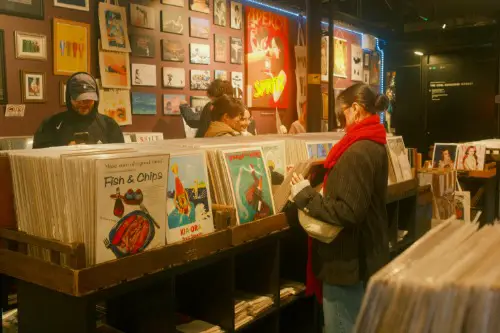
Independent record shops were cultural hubs for decades—places to discover new music and argue over who was better, The Beatles or The Stones. But by the late 2000s, streaming services and digital downloads crushed physical music sales. Tower Records, once a global powerhouse, closed its U.S. stores in 2006. Even local shops struggled to survive without steady foot traffic.
Vinyl has made a nostalgic comeback, but it’s not enough to revive the old retail model. Record stores used to rely on volume and variety; now, niche collectors dominate the scene. Many stores transitioned into hybrid cafés or vintage boutiques. The magic of flipping through albums on a Saturday afternoon quietly faded into memory.
5. Newspaper Printing Plants

The roar of massive presses once filled industrial buildings in every major city. Newspaper printing plants were the beating heart of American journalism. But as readership moved online, print circulation plunged. Entire facilities closed, and jobs that had existed for a century vanished.
It wasn’t just the internet—it was the economics. Advertising dollars followed audiences to digital platforms, leaving physical papers unprofitable. By the 2010s, many cities no longer had local print operations at all. The presses went silent, taking a century of tradition with them.
6. Film Processing Labs

Before smartphones and digital cameras, people dropped off film rolls and waited days to see their photos. Chains like Fotomat and one-hour photo kiosks were everywhere. But when digital photography exploded in the early 2000s, film processing collapsed almost instantly. By 2010, most photo labs had disappeared.
Even big players like Kodak couldn’t adapt fast enough. Film had become a niche art form rather than a necessity. Today, a few specialty labs still process film for enthusiasts, but they’re rare. The once-ubiquitous yellow envelopes of printed photos are now a piece of history.
7. Drive-In Theaters
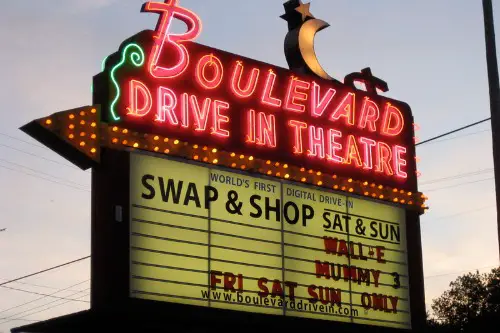
In the 1950s, America had over 4,000 drive-in theaters—symbols of postwar freedom and teenage romance. But rising land values and multiplex cinemas pushed them out. Streaming and home theaters finished the job. As of the 2020s, fewer than 300 drive-ins remain.
Some saw a brief revival during the COVID-19 pandemic, but it didn’t last. Real estate costs simply outweigh the profit from seasonal screenings. Drive-ins survived on nostalgia more than business sense. They’re now beloved curiosities rather than mainstream entertainment.
8. Coal Mining
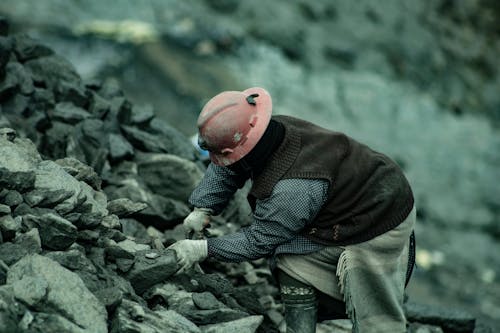
Coal once powered the American economy, fueling steel mills and generating electricity. But as renewable energy and natural gas gained ground, coal demand collapsed. The industry shed tens of thousands of jobs between 2010 and 2020. Entire mining towns faced economic ruin.
Even political promises couldn’t reverse the decline. Utilities switched to cheaper, cleaner energy sources, and global pressure to cut emissions accelerated the shift. Automation also reduced the need for human miners. What was once the backbone of industrial America now struggles to stay relevant.
9. Video Game Rental Services

Beyond physical stores, even online game rental services like GameFly couldn’t keep up. For a while, mailing discs seemed like the future. But digital downloads, subscription models, and cloud gaming made physical media unnecessary. By the 2020s, most rental-based gaming businesses had folded.
Gamers now expect instant access through Xbox Game Pass or PlayStation Plus. The idea of waiting days for a disc feels ancient. It wasn’t that people stopped gaming—they just stopped renting. The industry didn’t crash loudly; it just quietly faded into the cloud.
10. Fabric and Sewing Shops
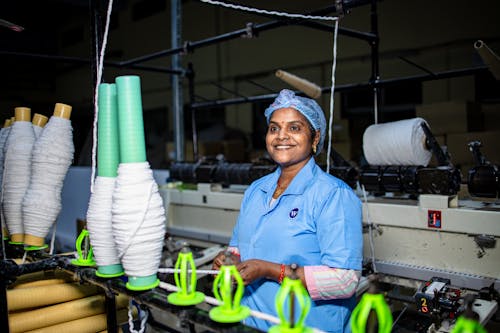
Once a fixture in every town, fabric and sewing shops thrived when people made their own clothes. But as fast fashion and cheap imports took over, home sewing declined sharply. Chains like Hancock Fabrics and Fabricland disappeared by the mid-2010s. Only a few specialty or quilting stores remain.
Crafting communities have shifted online, but they don’t rely on local retail the same way. E-commerce fills the gap with lower prices and vast selection. For many, sewing became a hobby, not a household skill. The humble fabric shop became another casualty of convenience.
11. Bookstores in Airports
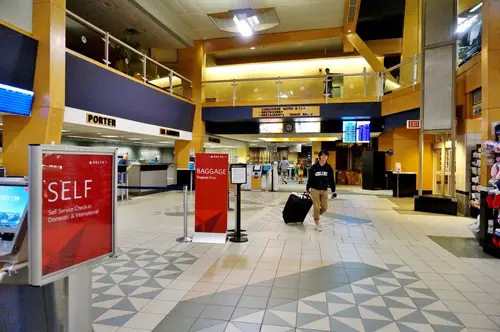
It used to be that every terminal had at least one small bookstore packed with paperbacks and travel guides. But tablets and e-readers changed the way people read on the go. By the late 2010s, many airport bookstores quietly shuttered. Newsstands and souvenir shops took their place.
Airport retail margins are tight, and digital books require no shelf space. Even chains like Hudson pivoted to snacks and electronics instead of novels. Travelers just download a book before boarding now. The quiet disappearance of those tiny literary corners went mostly unnoticed.
12. Typewriter Manufacturing

It’s easy to forget, but typewriters were once essential office equipment. IBM, Remington, and Underwood produced millions annually through the mid-20th century. Computers rendered them obsolete by the 1990s, and production in the U.S. essentially stopped. Today, only a few boutique makers overseas produce them for collectors.
The transition wasn’t abrupt—it was a slow fade as word processors took over. Offices replaced ribbons with keyboards, and efficiency won out over nostalgia. Typewriters lingered in schools and government offices for a while, but even those relics vanished. The clack of keys became a sound from another time.
This post 12 U.S. Industries That Quietly Died While No One Was Paying Attention was first published on American Charm.


